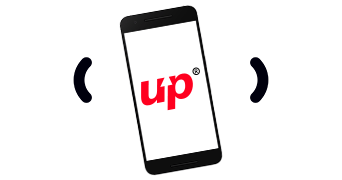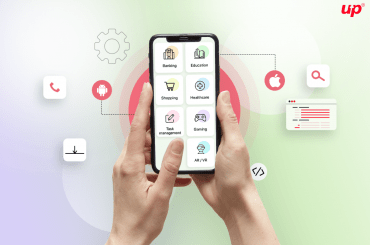Mobile applications have given us a world full of opportunities and conveniences by allowing us to access products and services at our fingertips. From social networking to ordering food at home, mobile apps have become an integral part of our lives and smartphones.
While we get to enjoy the end product of these apps on our phones, a lot of hard work goes into designing and creating these apps by enterprise app development companies or other kinds of developers. Although there is no thumb-rule for getting an app developed, there can be a rough roadmap for getting things done in an organised manner.

Let us understand this through these 10 steps to calculate the mobile app development lifecycle.
 Create a roadmap
Create a roadmap
Being aware of your work plan is important for keeping yourself aligned with the tasks. Thus build a roadmap for your app development that takes into account money-making. Do not enter the market without having a clear idea of your monetisation strategy. You can include, for example, in-app purchases, paid apps, and premium features. Your marketing strategy should also be included in it.
 Know your Market
Know your Market
Knowing your market means choosing your target audience. Most of the apps go through a backlash because they do not research their market well. You can start by noting down the crucial pain points and why you want to come up with an app for your idea or business. By answering these questions, you will be able to find and know about your target audience that will help you in your mobile app development process.

 Work on a prototype
Work on a prototype
A lot of tools are available to help your app in the long-run. For example, wireframes, workflows, and push notifications help enhance the user experience. So, before using these in your app development process, make sure that you gather these tools and work on a prototype. These tools should be made to function differently and errors should be rectified before you take up any app development task.
 Release a Prototype
Release a Prototype
Once you are ready with the prototype, you can release it for testing. To do this, you must choose genuine and honest reviewers that will give you valuable feedback and help you find out programmes that are not required in your app. The prototype plays an important role in the app development process and so it should not be missed out.
 Design
Design
After deciding your target audience and the need to develop an app, you must have also concluded the unique points of your app. One such important factor is the user experience that depends on the design and interface of your app. For doing this, wireframes can be used for smooth use across various devices and workflows must be put in place in a way that allows smooth movement through the app. For example, while working on an iPhone game development, you must focus on the interface and screen resolution of devices that the app will run on.

 Test Run
Test Run
Before submitting your app for app store approval, you must do the test-run to check everything related to the app and its functionality. You can ask your family and friends to download the app and give reviews about it. Let them use it for some days and take note of the bugs they came across while using your app. Take some more time and again work on these areas.
 Pre-Release
Pre-Release
After doing the test run, you must decide the channel you want to use for your app launch. If you do not wish to release it on app stores, you can create separate landing pages that will help you launch your app. You can even have a website, to begin with. During this stage, you will also have to focus on your app’s marketing and the SEO part to help it rank better. Clear screenshots and short explanatory videos will help further on app stores. You must even put short descriptions to explain the various sections of your app. An ideal mobile app development company makes sure that it is done well for ease of understanding.
 Launch your app
Launch your app
After completing all the previous steps, your app is now ready for official release. You can either upload your app on your website after releasing it to the app store or simply launch it using the app store. You can take the help of digital ads that will boost your app downloads.
 Close marking
Close marking
Sometimes, your app might show up some bugs a few months after its release. Thus, close marking allows you to monitor your app’s performance. Your app should have built-in support that will allow them to put up their grievances. So, keep a track of these possible bugs and try fixing them from time to time. The number of downloads your app receives depends on the user ratings. So, it is important to make sure that you engage users that give you ratings in discussions and find areas that need to be improved. You must focus on the bugs that were reported by people who gave the lowest rating and assure them to fix it as soon as possible.
 Updates
Updates
You must focus on the post-launch period of your app. While you may have gathered feedback from the users, it would be of no use if you do not bring it to use. So make sure that you gather the common problems by analysing these feedbacks and try to correct those bugs.












